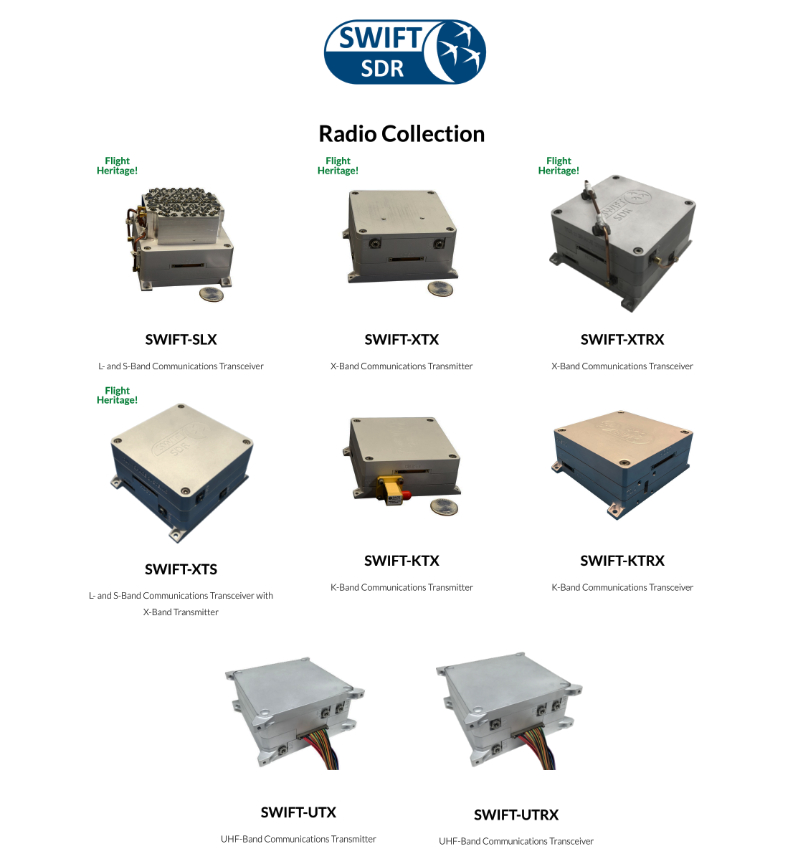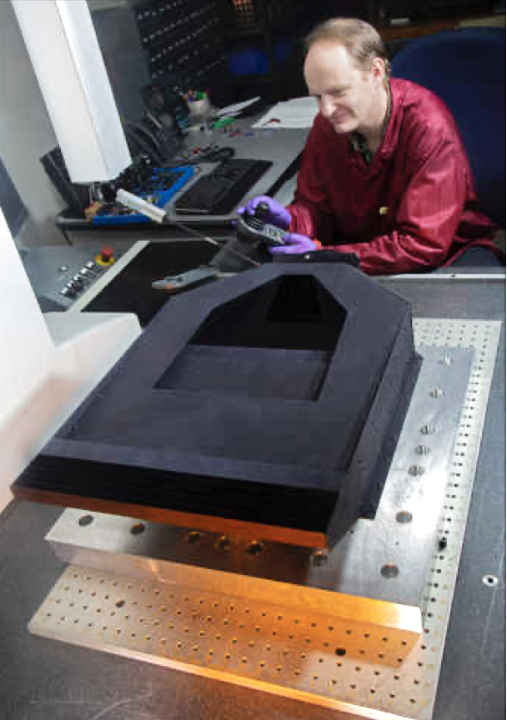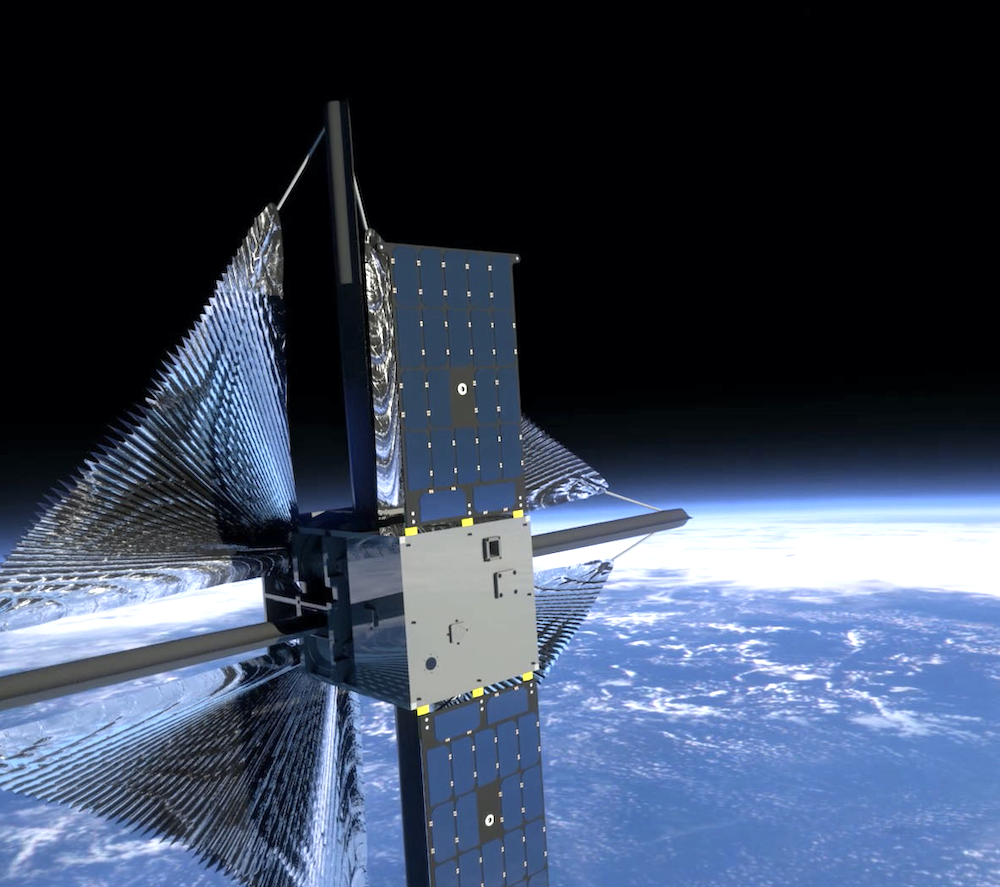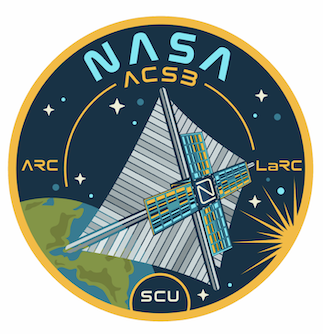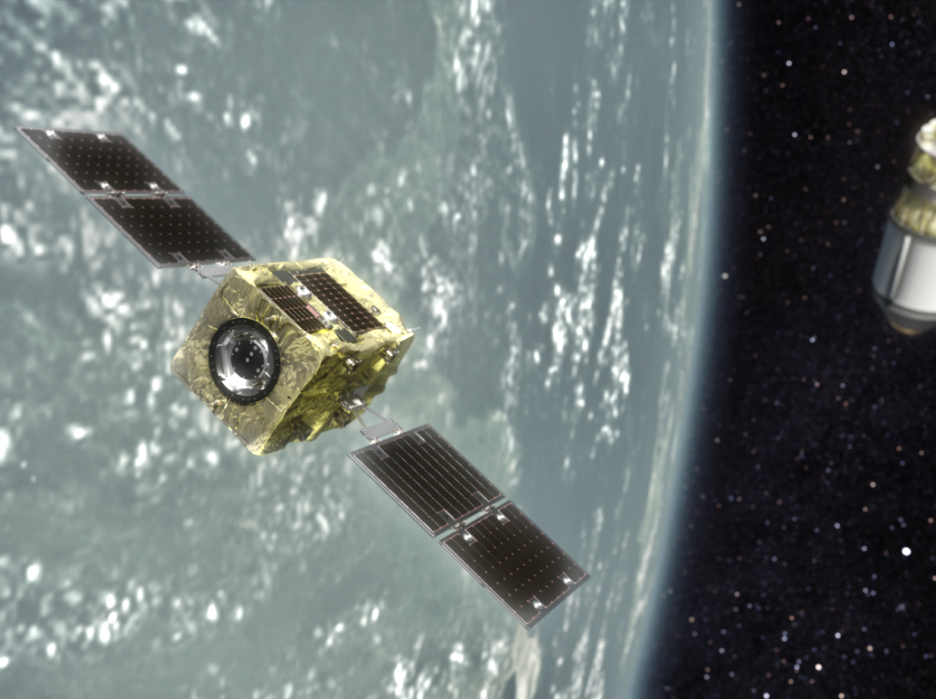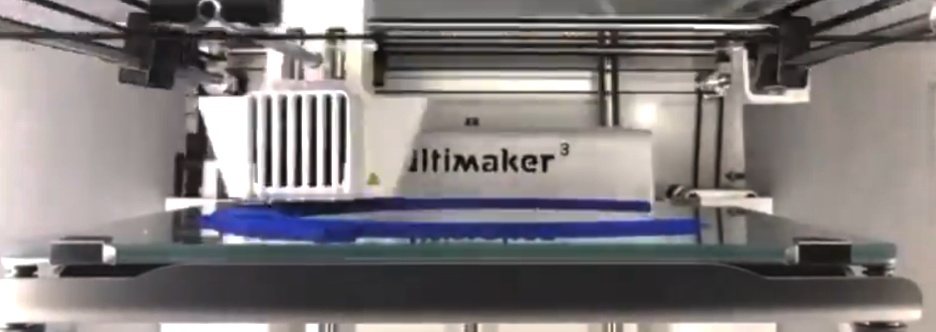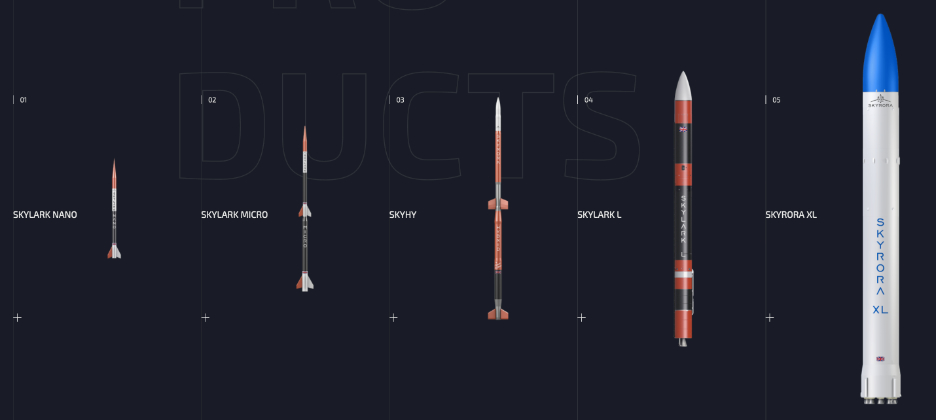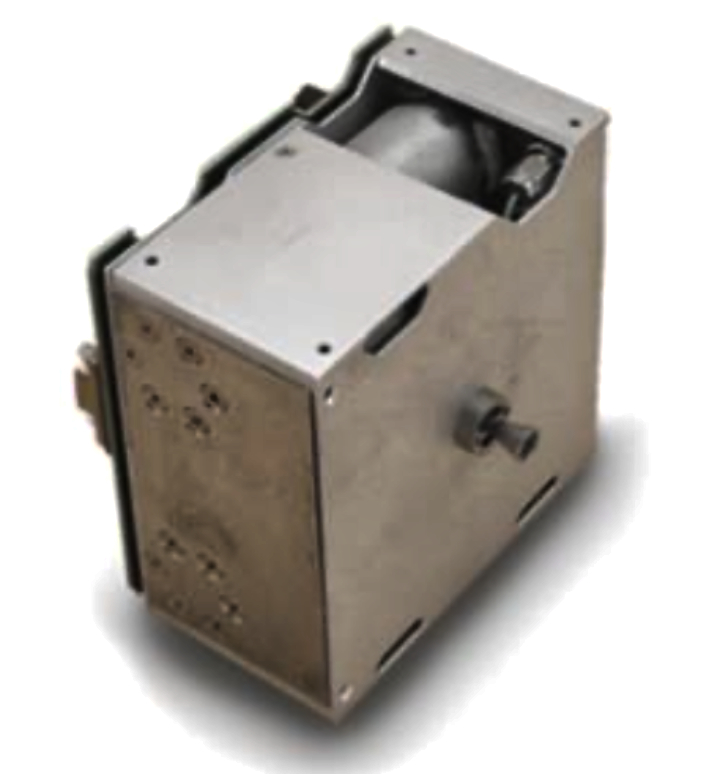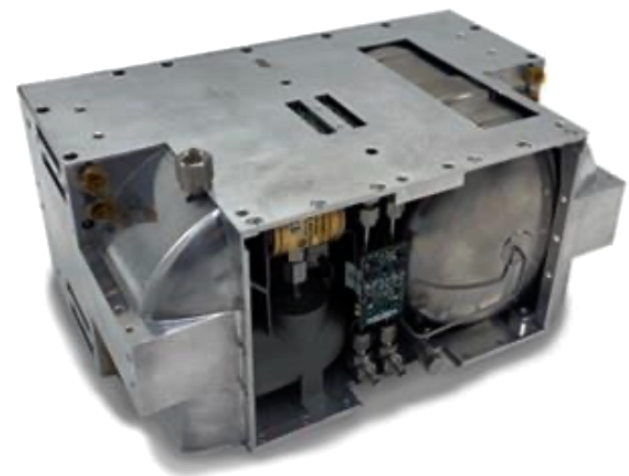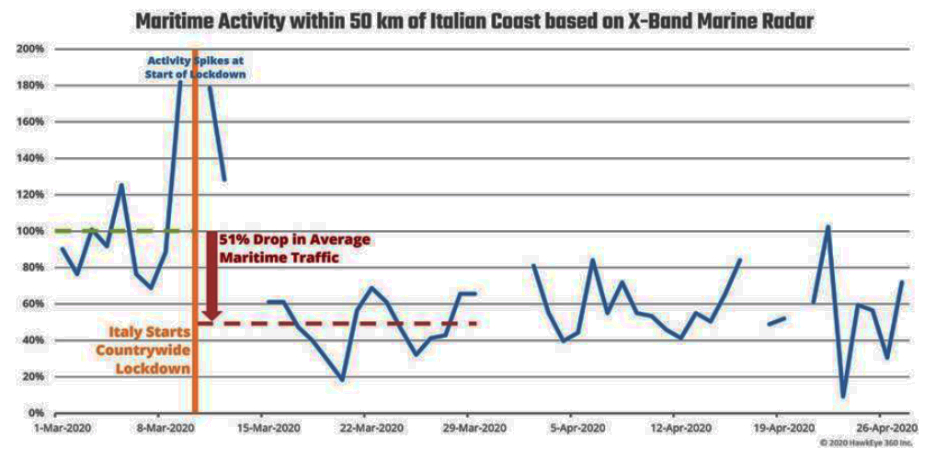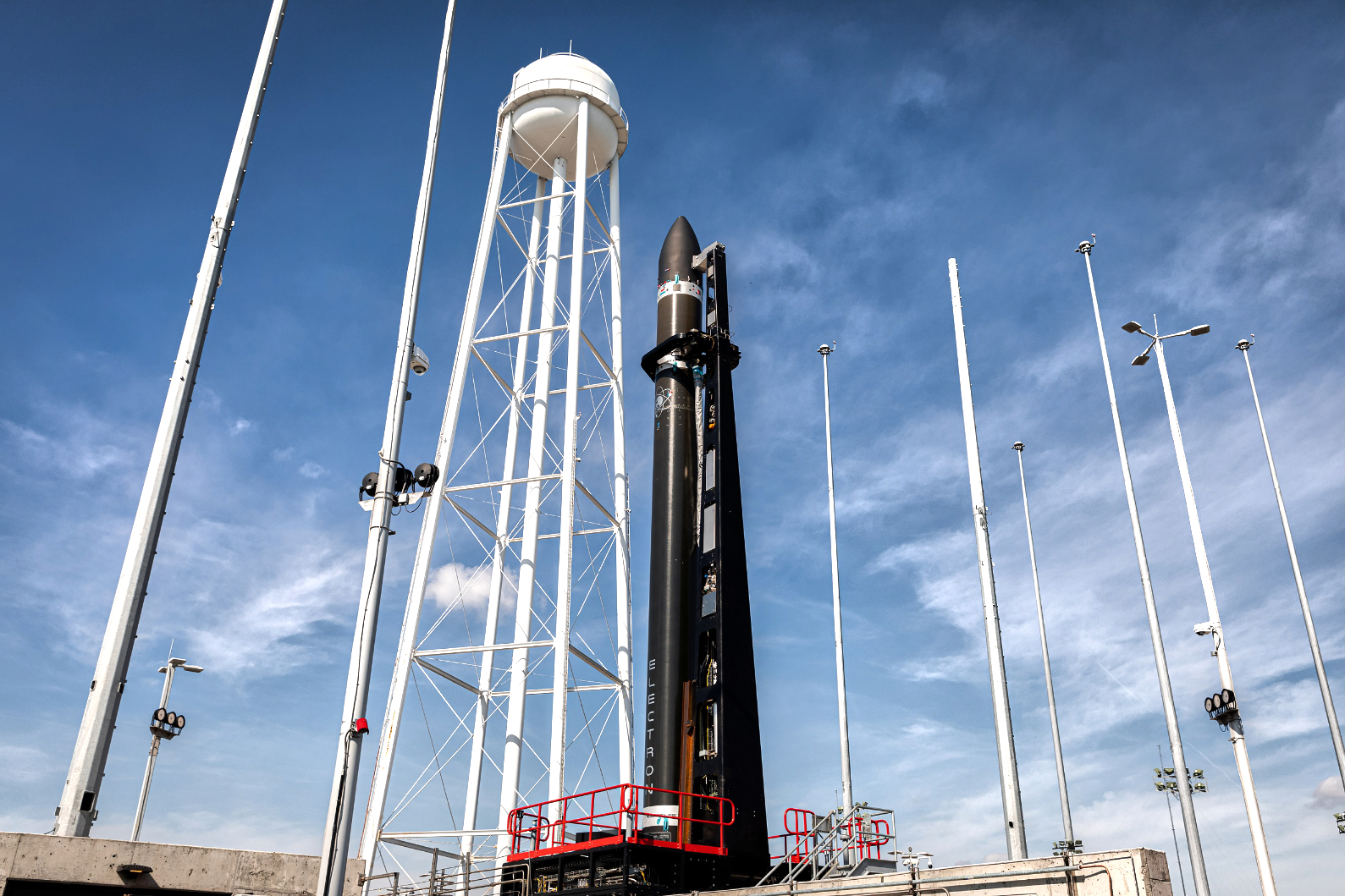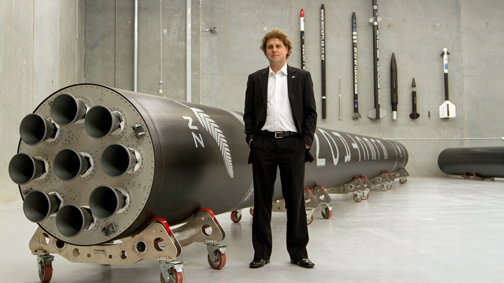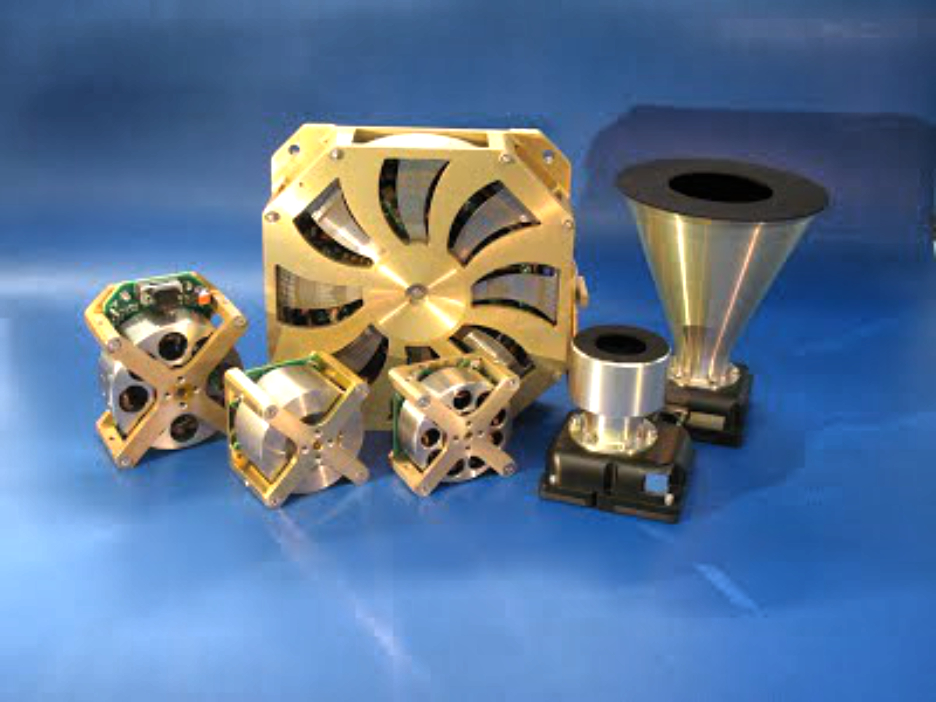
AMERGINT Technology Holdings (AMERGINT) has acquired Tethers Unlimited, Inc. (TUI) — this transaction will bring together AMERGINT Technologies, Inc. and TUI to provide integrated end-to-end solutions for satellite communications and in-space services to the space market. Terms of the transaction were not disclosed.
Founded in 1994 by technologist Dr. Hoyt and the renowned science fiction author Dr. Robert L. Forward, for more than 25 years TUI has pioneered an array of innovative space technologies, including software defined radios for satellite communications and mesh networks, robotic systems for in-space servicing, manufacturing, and assembly, and advanced propulsion solutions for orbital maneuvering and orbital debris mitigation.
TUI supplies the space industry with high-performance satellite components that include the SWIFT® software defined radio (SDR), the Terminator Tape™ Deorbit Module, the HYDROS™ water-electrolysis thruster and the COBRA™ gimbal as well as research and development into robotics and in-space manufacturing systems.
Moving forward, AMERGINT and TUI will increasingly offer integrated satellite communications offerings combining software-defined satellite radios with software-defined ground stations. The two companies will also build upon the full suite of technologies and products at both companies around space servicing and test systems to offer a wide range of solutions for government and commercial customers.
Dr. Rob Hoyt, TUI’s CEO, stated that joining forces with AMERGINT makes tremendous sense for Tethers Unlimited. Combining AMERGINT’s ground-based processors and modems with TUI’s software-defined satellite radios and mesh network solution enables us to provide flexible, affordable, secure and resilient end-to-end communications services that scale to meet the needs of the hybrid space architectures under development by the Space Force, the Space Development Agency, DARPA, USAF and the Intelligence Community.
Larry Hill, CEO of AMERGINT Technology Holdings, said the company is thrilled to welcome Rob and the team at TUI into the family and to bring together two engineering-driven, technology organizations that are focused on solving our customers’ toughest challenges across the space ecosystem. At a time when AMERGINT customers are increasingly focused on integrated communications and data networks, the firm is excited to close the link between software-defined solutions from the ground architecture to the spacecraft.
Rob Andzik, president of AMERGINT, noted, that bringing the expertise of TUI and AMERGINT together enables the firm to provide the space and defense sectors with the next generation of solutions to manage the capture, processing, transport and exploitation of vital mission data for communication and data links.
